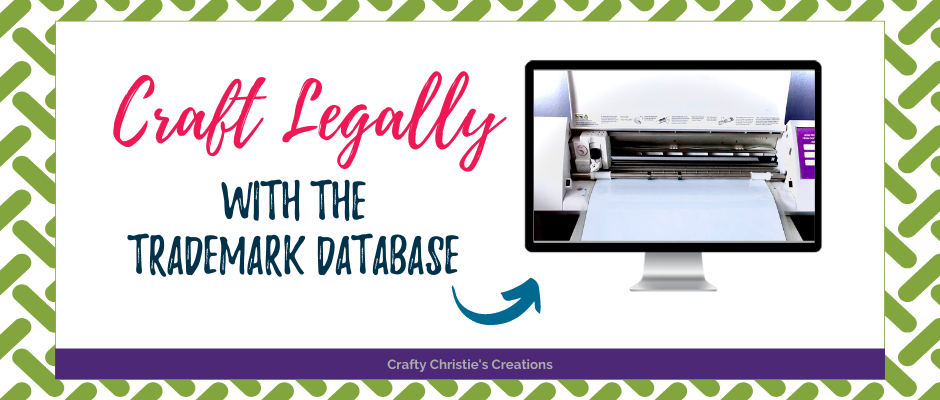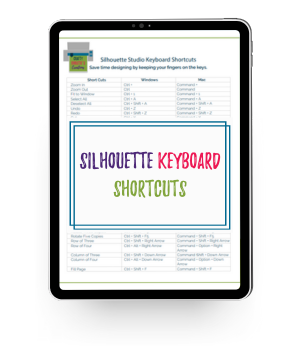Just because you can create something does not mean you should. This might be a tough pill to swallow, but a necessary topic to cover.
When I first got my silhouette cameo, I was super excited to figure out how to copy my die cuts to my software so I would have them in any size I needed. At this point in time, I had never heard about licensing or angel agreements. I was just focused on stretching my current supplies for more use.
It was not until I started selling my handmade cards that I started to learn about copyrights, trademarks, and licensing. Boy was this a huge rabbit hole to fall into. I gobbled up the basics about angel policies from stamp making companies and started selling my cards at local craft fairs.
Around this same time, I got more involved with using svg files and learned about personal and commercial use. This is what the svg designer provides the buyer that stipulates how their design can be used from their perspective. It was not until I started creating my own cut files that I really dove into the legalities of trademarks. This topic still makes my head spin as I’m learning more about it every day. But being crafters that use svg files in our daily lives, this is an important topic to cover.
Before we dive in, I do need to put this disclaimer out there: I am not a copyright attorney and the information I am giving you today does not replace doing your own research or consulting with a copyright attorney. I’m merely sharing my experiences and understanding of the topic and how it applies to crafters.
Let’s start off with the basics and explain why this even matters to you. Well, if you have turned your craftiness into a business, you do run the risk of being shut down due to trademark infringements. I don’t know about you, but I’m not willing to risk all my hard work and extra income.
You see, SVG files fall into this strange category where the vector files themselves are most likely not trademarked, but you run into trouble when you apply the design to different materials. So even if you purchase a commercial use license from the svg designer, this does not give you free rein to create whatever you want. A good businesswoman will take the time to check trademarks before applying the design to physical products. The majority of the trademarks I see are on clothing items, keep this in mind before you press that next shirt.
I’m sure you’re wondering “How do I know the design is trademarked?” That brings me to the trademark electronic search system (TESS). This is the U.S. based trademark system, but it also holds international trademarks as well. Before you press that #momlife shirt, you might be curious to know you’ll be infringing on someone else’s trademark. It is within their rights to send you a cease and desist letter for that #momlife shirt that is your bestseller.
Before you lose all hope, check out the video below on how to search the TESS system so you can be legal when selling your crafty creations.




